Nudibranchs and Natural Values
 February 17, 2019
February 17, 2019
By Debby Ng: I was interviewed by a journalist this week who had lots of questions about Singapore reefs! She shared that when she first arrived in Singapore, she didn’t think this super-urban island would have any living reef left! Living reefs, especially ones next to huge cities, are a wonderful thing to discover and it is a real challenge to share how these reef systems are still relevant to urbanites when our lives can seem so disconnected from the sea. Above: Coryphelllina sp. All photographs by Toh Chay Hoon.
As we go about our daily city lives, it’s easy to neglect the sea. Singapore isn’t one of those Asian countries where we have large coastal communities (although we are a coastal community!) directly dependent on reefs for food and shelter. Our interaction with the sea is a bit more nuanced, and harder to perceive, like this tiny Gymnodoris nudibranch on a stem of sargassum algae (above).
As Singapore’s residents relentlessly endeavour to improve the quality of life and underpin an identity of what it means to be Singaporean, our reefs are certainly a place to reflect upon. Our reefs are diverse. We have over 250 species of hard coral which are the building blocks of the reef, and countless species of fish, squid, slugs, crabs, sharks, worms, eels and rays that call these reefs home. At the confluence of the South China Sea, Pacific and Indian Ocean, we have received all the potential that this region has to offer. This is our place on the map, and the diversity of our reef reflects that. Above: Thecacera sp.
Our reefs are also pretty tough despite being fragile. I think everyone can relate to that. Who doesn’t cave from time to time when put under pressure. We all do. Our economy does that too, and our reefs are no different. Our reefs suffered a great impact during the massive 2016 coral bleaching event. There were a lot of coral deaths, but many also pulled through and continue to bring joy to divers, and recreational fishermen. Our reefs have also persisted through wars. In spite of all the damage that was suffered on land and along our coasts, did you know that we have corals that remain standing from before WWII? Isn’t that a piece of living heritage worth shouting about? Perhaps our reefs can be emblems of our resilience! Above: Phyllodesmium opalescens?
Even if you don’t dive or fish, who hasn’t appreciated the thrill of walking along the beach and discovering something beautiful? Like a seahorse, or a frogfish, or even just to be beguiled by the beautiful patterns on the shell of a conch. These animals wash up from our reefs and onto our shores. Reefs make our shores exciting and interesting. Above: Pipefish
If you are so lucky as to have a beach front home, wouldn’t you love looking out to sea at clean and beautiful waters that were brimming with life? That’s what our reefs do for the quality of life of urbanites that might never set foot or fin in the sea. Reefs make our waters beautiful, they add value to our life in this concrete city. When was the last time you forked out a decent sum to travel somewhere to see something beautiful? Beauty is valuable. That Singapore has living reefs is just luck. Like sitting on top of an emerald mine. What isn’t luck, is that we still have living reefs. We could have destroyed them. Deliberately, or by accident. But our reefs still stand. It’s because people care. More than ever before, people are caring. And because people care, the government is caring, and corporations are caring. Of course, we can all care more. Above: Solitary hydroid
As Singapore’s affluence has grown, so has the desire for her residents to seek calm, tranquility and adventure. Our reefs and coasts offer all of that. What use is a fancy boat if you haven’t a beautiful beach to visit? What fun is fishing if there aren’t cool fish worth snagging? How do we seek rest and restoration from a hectic day at the office if we can’t recline at the beach, or for some lucky ones, right from their windows, and watch sea eagles pluck fish out of the water? What quality of life can expatriates, who live in large countries (most countries are larger than Singapore!) where they can drive to some wilderness seeking reprieve, find in Singapore? We have reefs. And reefs offer a chance at all that. Above: Phyllodesmium sp.
The thing is, reefs don’t exist of themselves. They need supporting habitat. That’s why we are lucky we haven’t destroyed our reefs by accident. Although next next to heavy industries like Jurong Industrial Island and Bukom Refinery, we have living reefs so beautiful and so close to the “dirtiest” industries that my mind still gets blown even after 15 years of diving here. When we look after our forests, we look after our rivers. When we look after our rivers, we look after our mangroves. When we take care of our mangroves, our coasts and reefs can be alive. That’s why our reefs are still relevant in our urban country. Our living reefs and their supporting habitats are a measure of our success at assigning value to the natural landscape that makes urban-living liveable. But success, like our reefs, are fragile, and its maintenance requires constant work. Our reefs are alive, and like anything that is alive, they need to be cared for, nurtured and valued. Above: Juvenile orange seastar

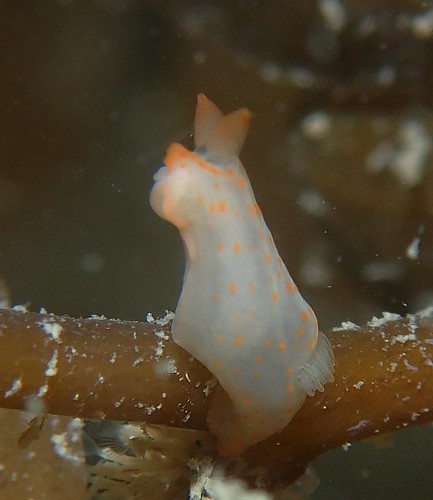
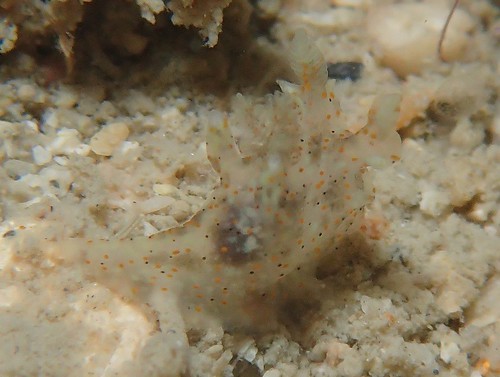
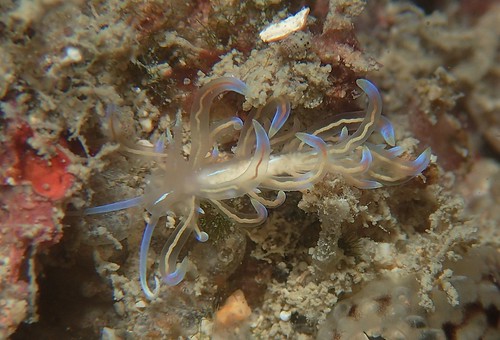
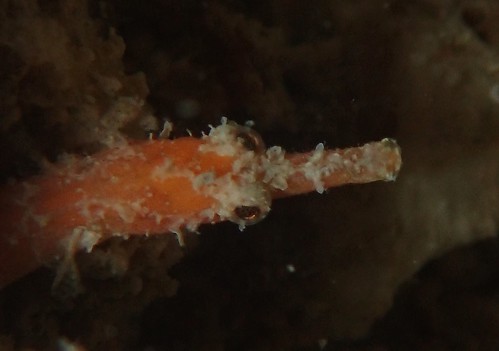
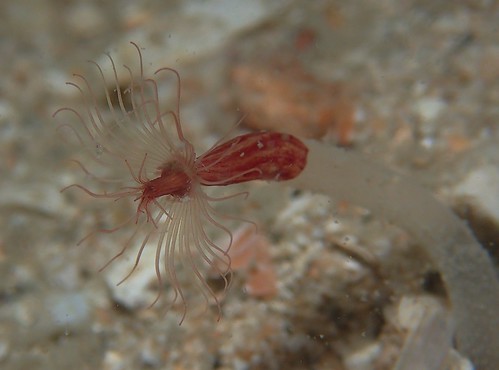
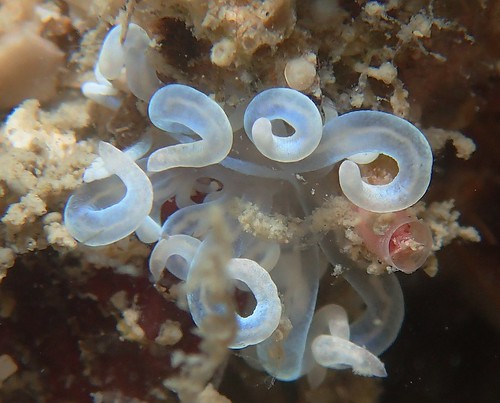
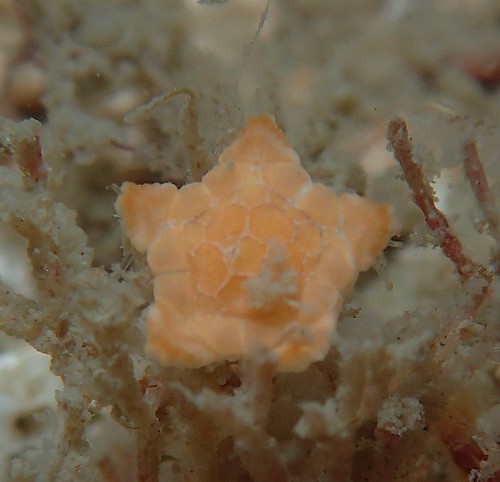
 Posted in
Posted in 



 content rss
content rss
COMMENTS